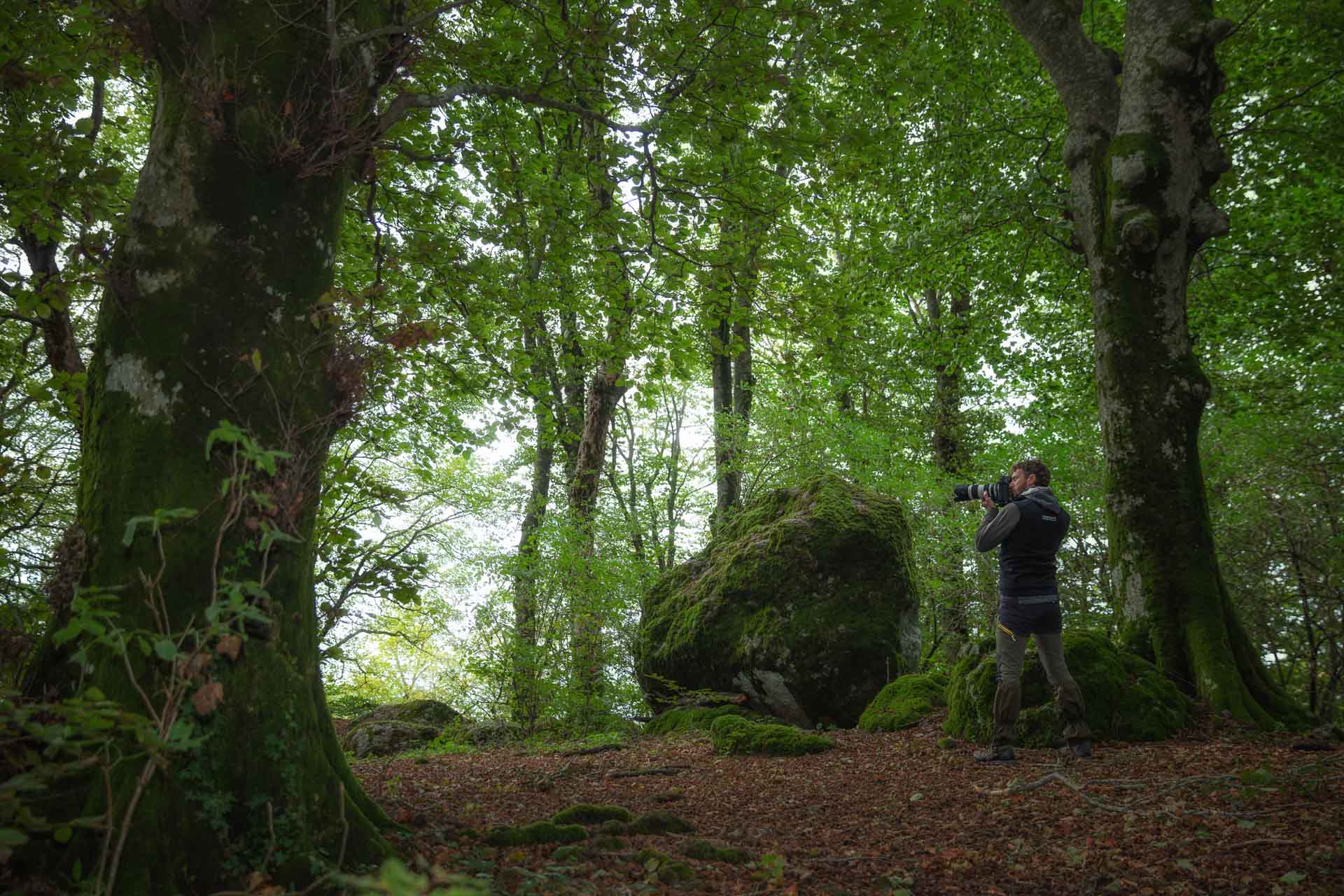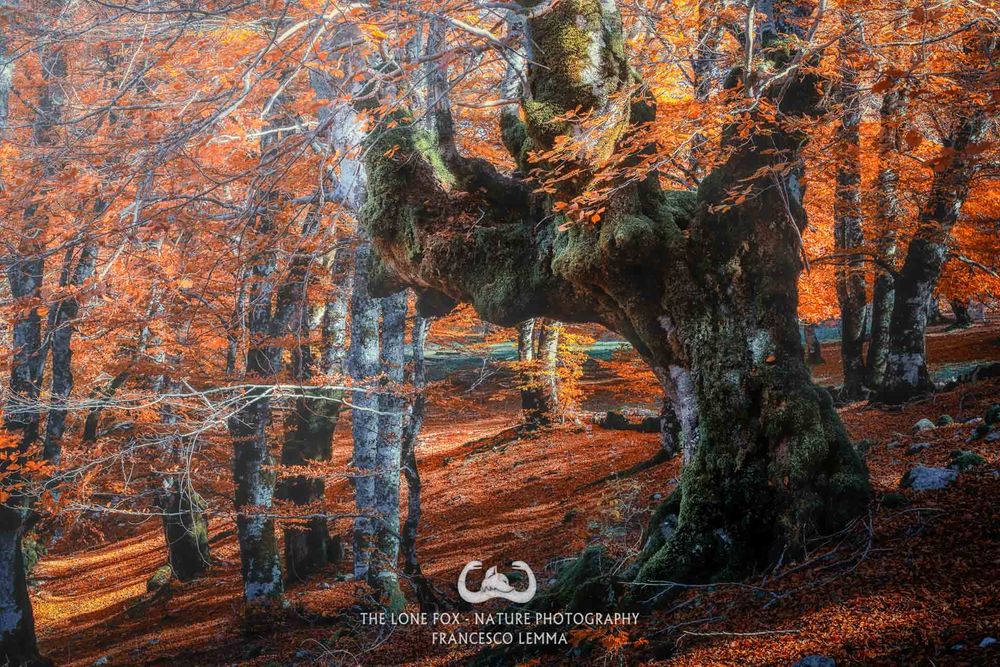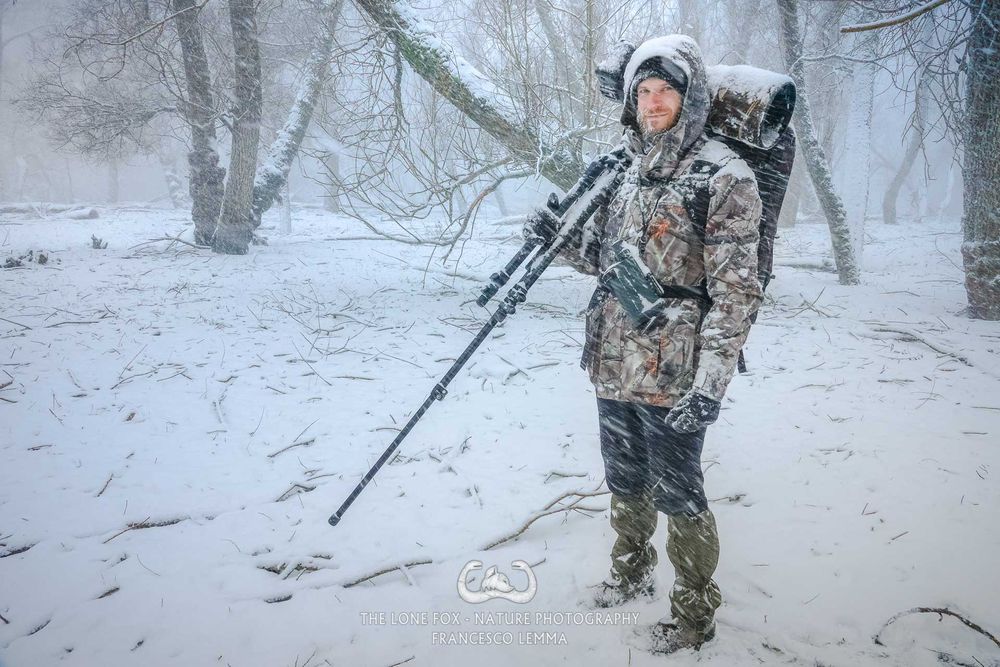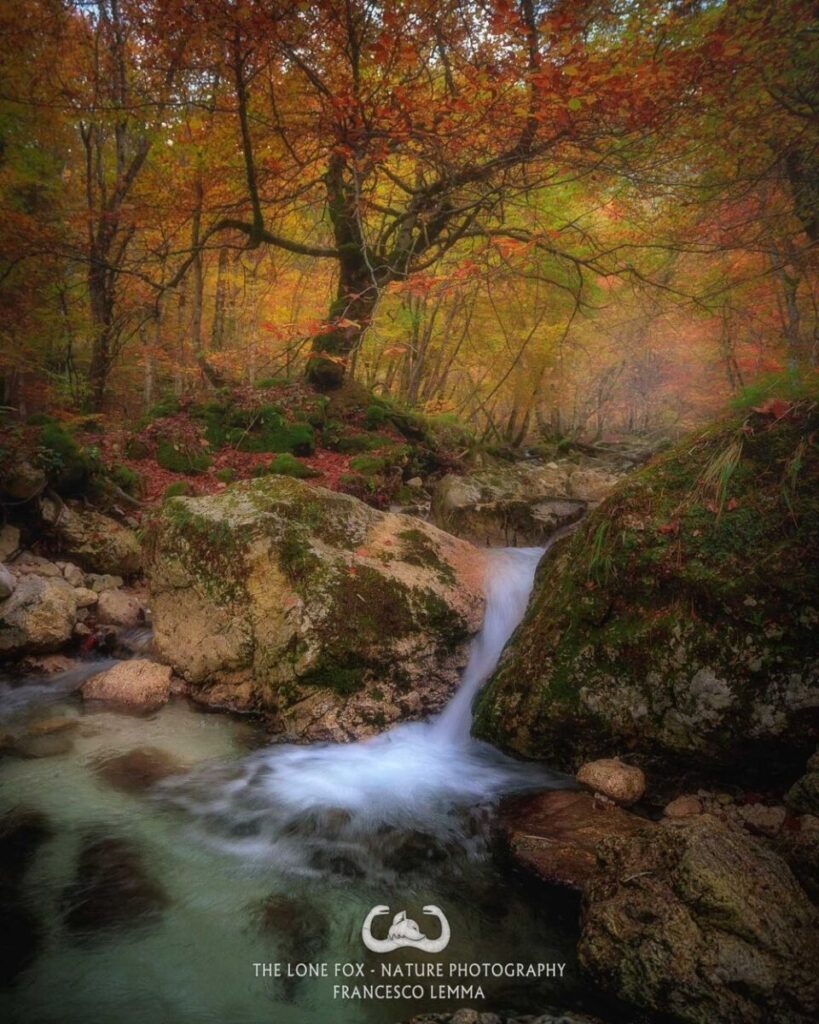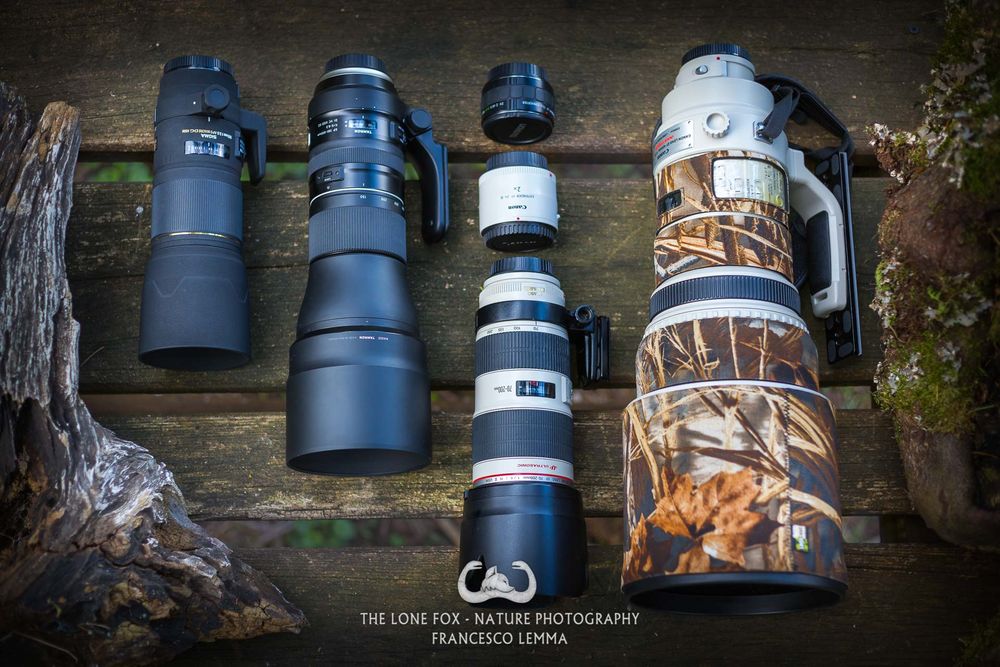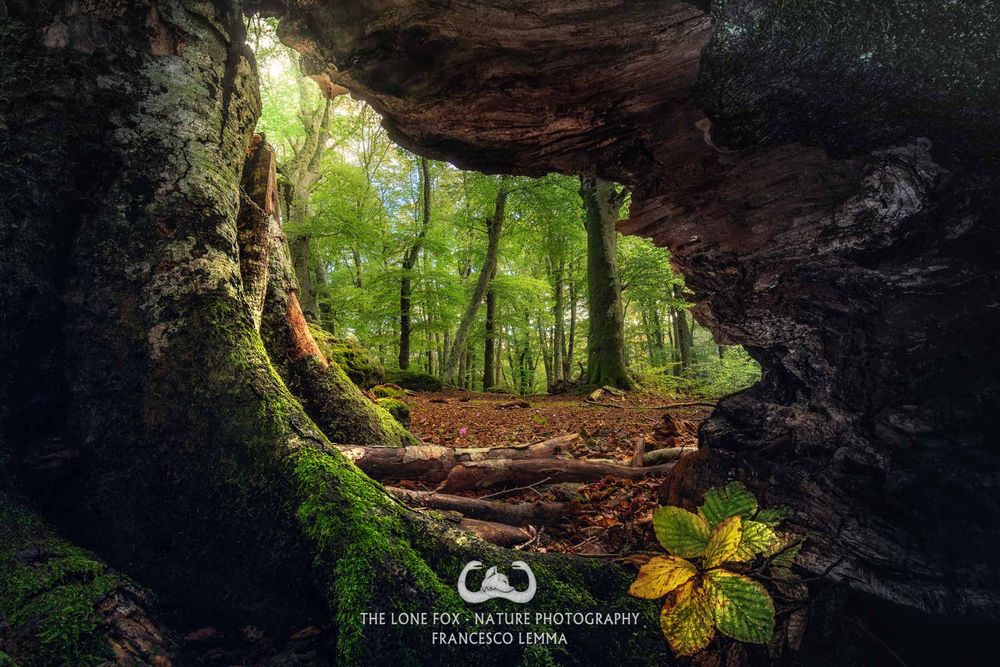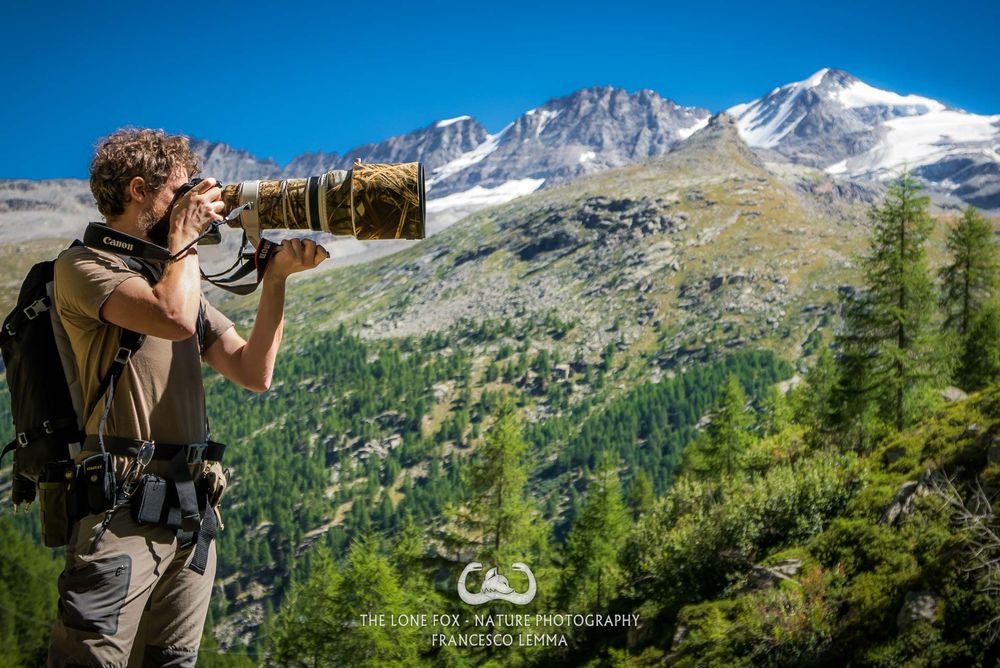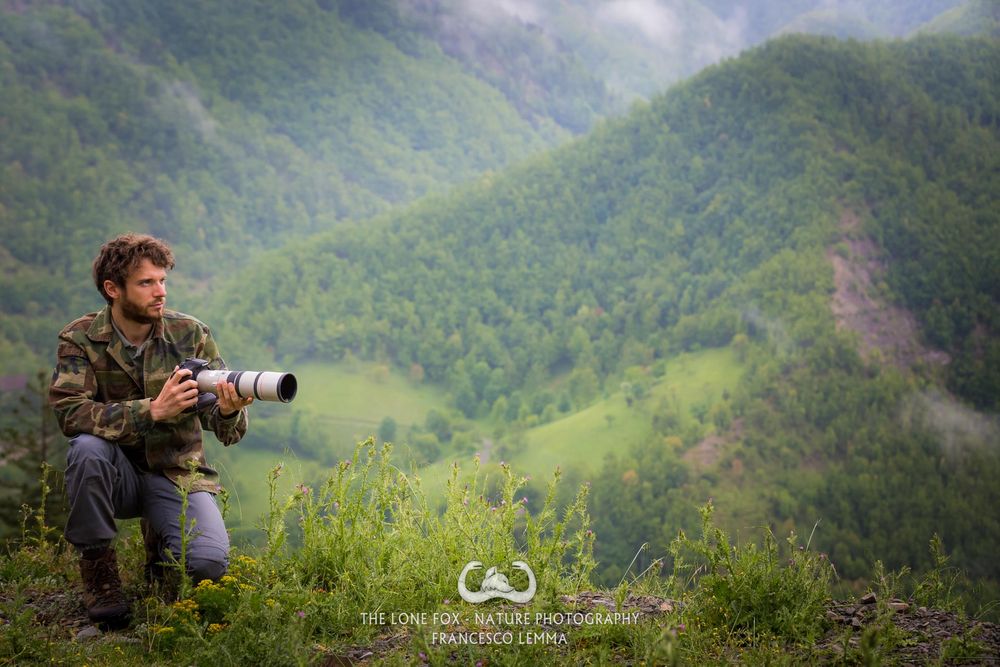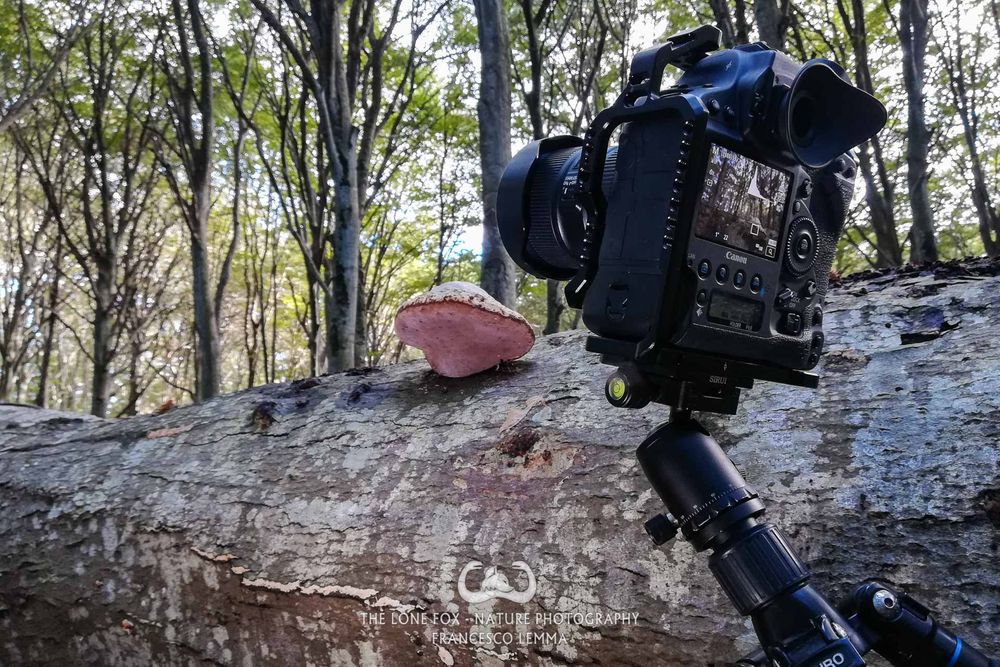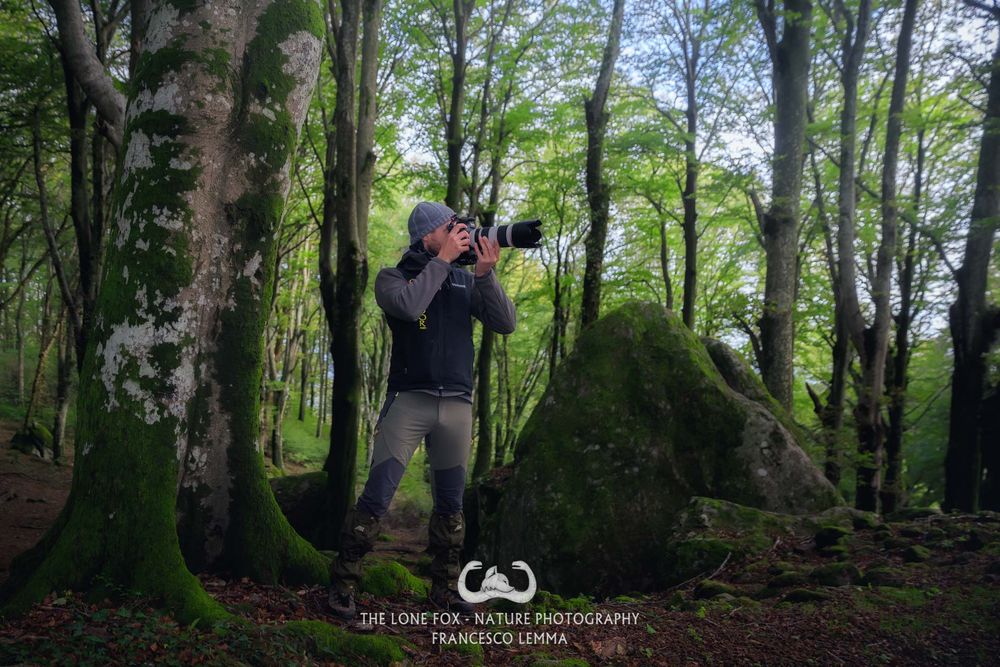In August 2020, I was asked to document in pictures the Italian old-growth beech forests inscribed on the UNESCO World Heritage List. A complex task, but even more so, an extraordinary experience. Photographing a forest may seem rather easy: trees don’t run away. However, the reality is far more complicated. Portraying an old-growth beech forest is about showing its many particular features, the peculiarities of the vegetation, the abundant fauna, the complex interactions among the organisms that are part of it.
Despite the common features they share, the forests I visited proved to be extremely different one from the other: sometimes, soft and delicate colors revealed quiet atmospheres; other times, dramatic colors and strong contrasts conveyed liveliness and dynamism. The animals inhabiting the forests and the complementary plants contributed to their amazing uniqueness. I had the feeling I could appreciate the different “character” of each beech forest: for instance, in Foresta Umbra, while walking among the calcareous stones and the thousand-year-old yew trees, I had a feeling of austerity and complexity. On the contrary, the beech forest of Oriolo Romano – a little jewel set in a highly anthropogenic landscape, but still protected by shrubs and other trees all around – seemed to be shy and, in its bird-twittering silence, almost trying to conceal itself from the loud intrusion of the surrounding cities. From the top of the mountain, the beech forest of Monte Cimino brazenly overlooked the towns down below, while in Foreste Casentinesi, in Abruzzo, and in Pollino, the beech forests seemed to come out from fantasy sagas: in their lushness, they didn’t care about what surrounded them, on the strength of the entire mountains they cover, their turbulent streams, the multitude of insects, mammals, and birds they offer shelter to!
My personal perceptions went hand in hand with the nature discoveries these environments continuously offer. The series of unexpected meetings – the rare Italian Cave Salamander in Foreste Casentinesi, or the group of Tawny Owls singing just a few meters away in the cold freezing night under Coppola di Paola mountain, or again the bear overturning stones in search for insects together with her cubs in Abruzzo – represents only a very small part of the incredibly rich variety of fauna living in these beech forests. When I saw Rosalia alpina coming out from the holes of dead trunks or bats such as the Brown Long-eared Bat and the Western Barbastelle using the cavities of big trees as a shelter during the day, I realized it was an unbelievable opportunity, but also a major technical challenge.
The elements to portray were many, and they required a wide range of photographic equipment: from wide-angle lenses to show the majesty of the tree canopy, to medium telephoto lenses to capture the perspectives of a succession of big tree trunks. For shy animals, I had to use long telephoto lenses, while for the smallest animals I used a macro lens. Photographing in a forest poses some problems, the main ones being the strong light contrast and the nearly permanent shortage of light. Therefore, to lenses and cameras I had to add flashes, lighting, and tripods. Lugging around this heavy equipment along steep trails for several hours has not always been easy, but the emotions I lived have richly rewarded the efforts!
It has been an experience way more engaging than I expected. All the occurrences and adventures, difficulties and satisfactions have contributed to increase my knowledge and, most importantly, an awareness I hope to convey in my pictures: the conservation of these unique treasure troves of life, biodiversity, and wonder is an absolute necessity. Their inscription on the UNESCO World Heritage List highlights the great respect we need to show for these delicate and extremely precious environments.
Francesco Lemma
The Lone Fox – Nature Photography
Beech tree life, between history and memory
May 1861. After years of insurrections, Italy has recently become the Regno d’Italia, a unitary state governed by a constitutional monarchy. In these lands, at an altitude of about 1300
